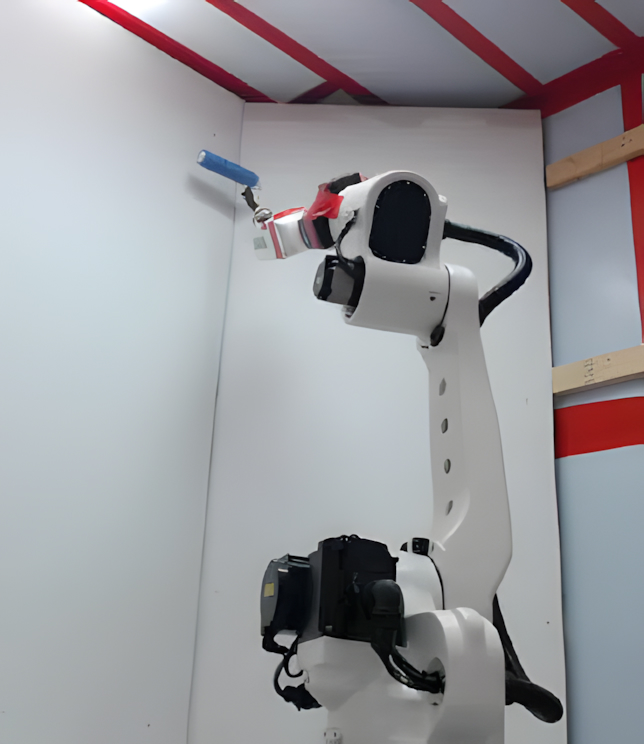Exposure Work
Updating Industrial SWED Codes:
A Crucial Step for Safety
The European Solvents Industry Group (ESIG) is currently working intensively on updating the industrial SWED codes (ID SWED). This significant task is being led by Tristram Adrian from ExxonMobil and the ESIG secretariat. The collected data will be integrated into the use maps and subsequently forwarded to the European Chemicals Agency (ECHA) once completed. ESIG aims to submit the updated use maps, which incorporate the ID SWED codes, before the release of the new CHESAR platform.
Another project, the tutorial for the new CHESAR platform, depends on the release of this platform. Since the release date has not yet been announced, this project will be adjusted and continued as soon as the platform becomes available.
These steps are crucial to ensuring that the use of solvents remains safe and sustainable. The close collaboration between ESIG and ECHA highlights the importance of science-based decisions that consider both industry perspectives and regulatory requirements.
Penman was tasked to make a quotation on possible functionality extensions of the EGRET tool.
Project Update:
Exposure Study Using Robots

The ESIG-supported Exposure Study Using Robots, coordinated by the LOA Consortium, aims to gather real-world data from painting activities to improve exposure assessments. By testing paints with various solvent concentrations, the study seeks to evaluate whether current EU models accurately estimate consumer exposure and demonstrate safe usage.
Initially, it was intended to conduct trials with a selection of paints, but due to shipment delays, it began with a reduced set. Additional trials were necessary to resolve accuracy issues with the PID readings in our environmental chamber.
By late 2023 and into 2024, five paints became available for testing. The data we collect will be crucial for refining consumer exposure models and may also assist in assessing worker exposure.
The methodology includes creating a comprehensive table of substances of interest for both LOA and Essex, with a focus on utilizing robotic methods to evaluate exposure levels without the need for direct human testing.
The controlled setup within the chamber enables precise modelling of expected constituent concentrations. In 2024, monitoring capabilities were enhanced by adding a third PID to more effectively track concentration levels.
Despite encountering some data quality challenges, including a PID failure during one trial, the overall data for 2024 demonstrates good consistency and notable concentration trends.
In preparing the final report, we are committed to including all collected data, even those findings that were not utilized, and we will explore various modelling approaches for safe-use assessments under EU REACH legislation. Stay tuned!